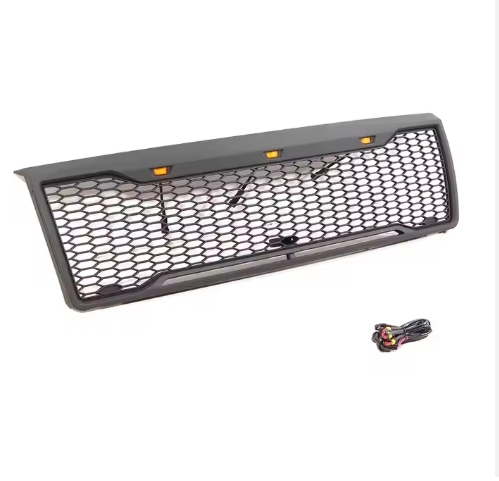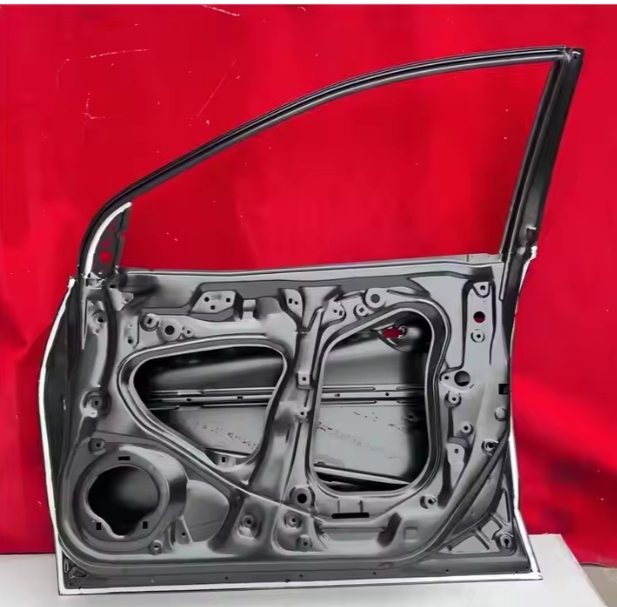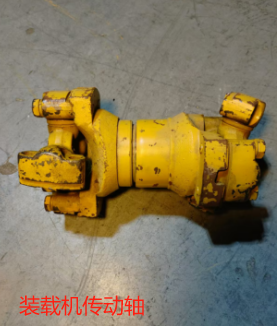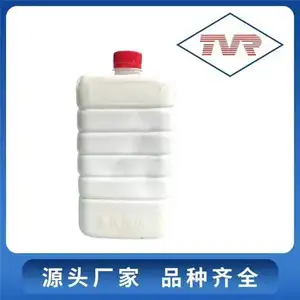Automotive PLI scheme – A strong financial boost for manufacturing
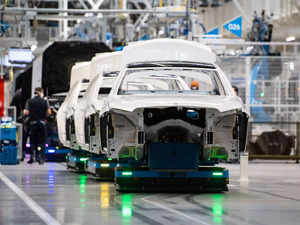
AgenciesThe $100 billon Indian automotive industry still imports auto components worth $25 billion.
Never in my long career have I been so amazed to see the remarkably enabling environment being provided by policymakers to the Indian industry with a view to enhance manufacturing value-add in the country. The government is investing in the long-term growth of our manufacturing sector by providing a strong financial booster shot in the form of the Production Linked Incentive Scheme. The intent is very clear – to make our manufacturing sector globally competitive and thereby making India Atamanirbhar. The Automotive PLI scheme more than proves the point.
Given the importance of the automotive sector for the economic growth, for employment generation, and for leading R&D efforts in the country, it was no surprise that the government identified it as one of champion sectors. Yet, what was startling and certainly admirable is the quantum of support the industry is being provided with to sail through the current challenges. To enhance the global reach of the auto sector, the government has bestowed the Sector directly with PLI for Advanced Technology Auto Components, for green vehicles, for Advanced Chemistry Cells, and indirectly with PLI for semi-conductors and for electronics. The allocation of ₹25,938 crore over the next five years for automotive PLI alone, is one of the largest outlays for any sector.
The $100 billon Indian automotive industry still imports auto components worth $25 billion. I see no reason that India should need to import components like glass, bearings, castings, fasteners etc. Similarly, in terms of exports, India – despite its reputation for low-cost and frugal engineering – has a minuscule 1.3% share of the global component exports. While India is already producing components that are not very technology-intensive, it is in advanced technology components where we are totally lacking. India has had certain cost disabilities in terms of higher factor costs and high logistics costs, which would now get offset by the benefits through the PLI scheme to a great extent. PLI would provide the right impetus to the Indian automotive sector to become an attractive alternative source of high-end auto components to MNCs looking to de-risk their supply chains by having a second source beyond China.
Ministry of Heavy Industries (MHI), which is the regulating ministry for automotive PLI scheme has very carefully selected, with extensive industry consultation, right focus areas to allocate the incentives. The scheme aims to make the industry future-ready by incentivizing advanced technology components and electric and hydrogen fuel cell vehicles. In a manner of speaking, the PLI scheme is aimed at making the automotive sector a sunrise sector once again. The PLI scheme, together with the FAME II scheme, will be an enabler for large investment in technology and capacity.
The ongoing shortage of semi-conductors and electronics components is a wake-up call for Indian industry. The electronics PLI, along with the dedicated scheme to develop semiconductors and display fab ecosystem, is a great enabler for furthering indigenization of the advanced auto technology components. It is time that the industry players pooled their efforts and resources, cutting across industry sectors and vehicle segments, to strengthen our capabilities and capacities in the advanced auto technology components, including auto electronics. To start with, demand aggregation on the supply side by OEMs should be the strategy to build scale. I am happy to see SIAM and ACMA – with support from the SCALE committee and MHI – coordinating this need amongst all industry players.
I am immensely satisfied to see a record-breaking 115 applications for the auto PLI scheme and am confident that the scheme would be a gamechanger in giving the required boost to the auto sector. It is noteworthy that the 20 awardees of the Champion OEM scheme not only include existing auto OEMs but also many aspiring start-ups – a very welcome sign indeed.
I believe the current PLI scheme is allocating the available budget in the right places. However, I do want to put a word of caution for the industry. The PLI scheme is for five years. It is critical that these five years are used well by the industry to create scale and with the government’s help to reduce factor and logistics costs. By the sixth year we must ensure that the Indian automotive manufacturing is globally competitive even without the help of the PLI scheme. I also have a request for the Government. Even though the scheme is well thought-out and detailed, it is likely that a course correction will be required as we get into the implementation phase. The government should not hesitate to make such course corrections. After all, for every rupee spent on the scheme the expectation is to generate benefits to the nation multiple times that!
Recommended Suppliers
 April 1, 2024
April 1, 2024  March 27, 2024
March 27, 2024 
 March 27, 2024
March 27, 2024 
